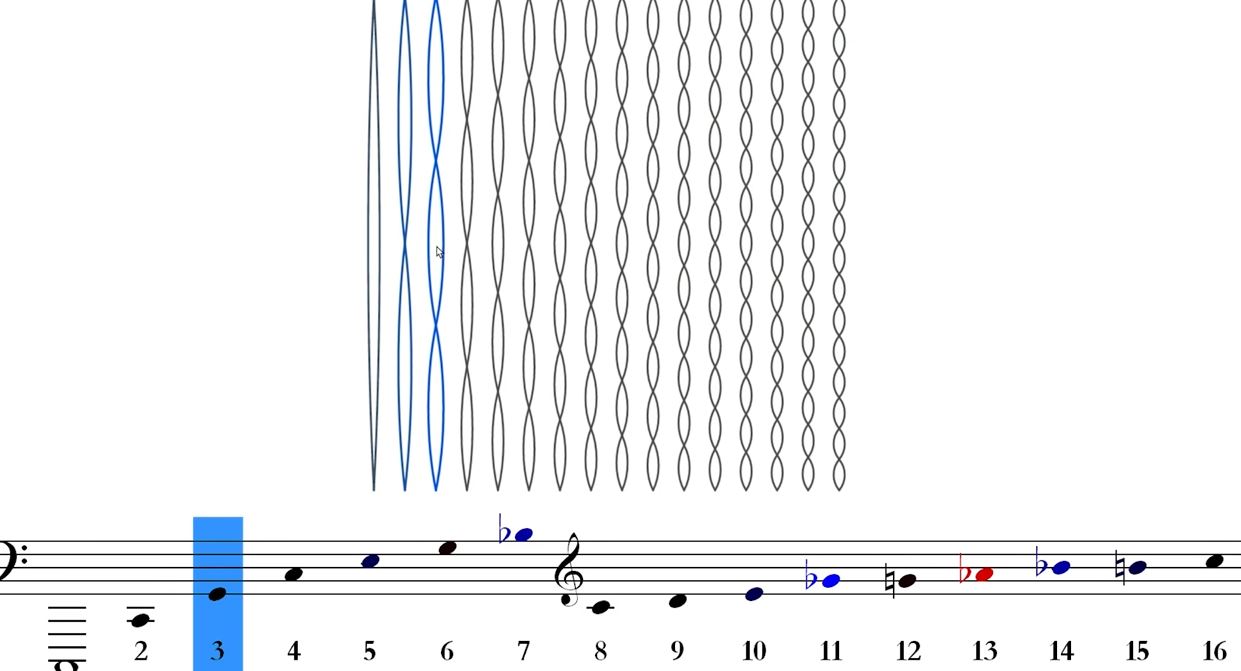Was challenged in one of our projects to create a conceptual model mirroring the key elements that we envision to use for our proposal. As my assigned client was a musician, I had initially considered using the two music theories of Pentatonic Scale and the Octave (with intent on a repetition at 8ths).
This triggered an exploration on Harmonic Series, the fundamental basis for how chords are made, and the very reason why we hear notes and think they sound good together. This is also naturally occuring in nature. (Fundamentals – overtones – harmonics)

While exploring the concept further, I had refined the approach to focus on perfects 5ths which is the musical interval corresponding to a pair of pitches with a frequency ratio of 3:2. This led me to the Harmonic Table (Or tonal array, developed in the 18th century) which proved to be an interesting launching point for deriving the key element in the design. A hexagon tile.


Developing further from this concept, we used hexagon tiles to generate an array of form that spreads across to create a curved form. Flat-to-curve. It is noted that the hexagon appears in nature in several forms, most notable as bee hive and in snow flakes.
For this proposal, we created a tree floating dome shape back-lit by an egg shaped light to create the feeling of floating and allow for a feeling of ‘komorebi’ or light penetrating through leaves (or the tiles in this case).





Lastly, I leave you with an interesting tid bit about hexagons.



























